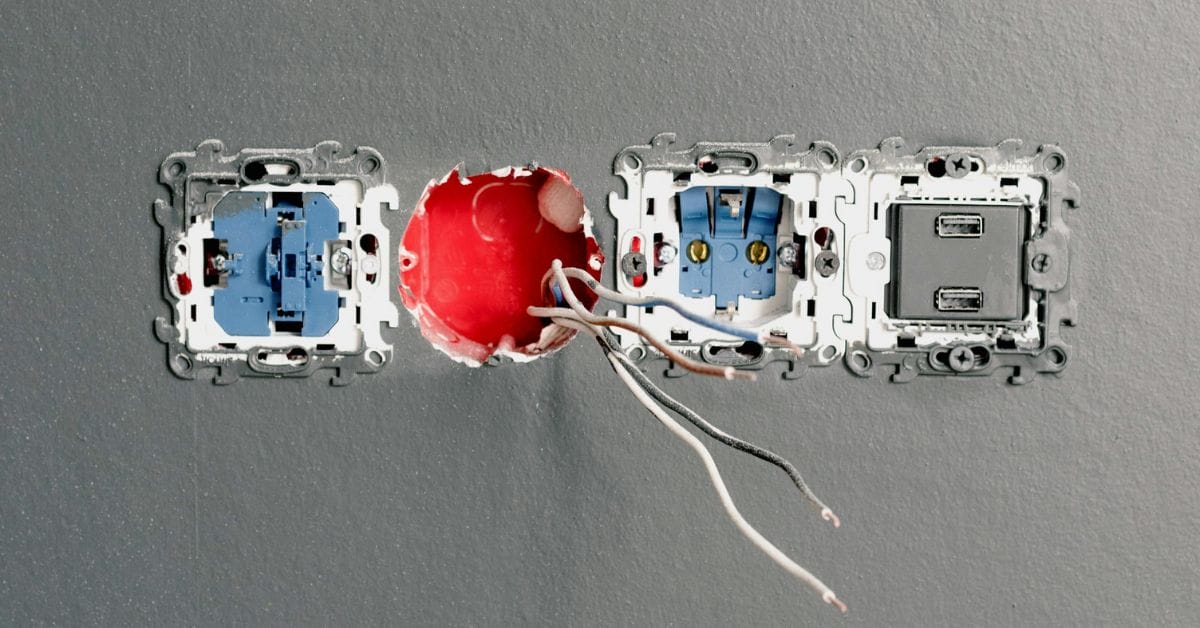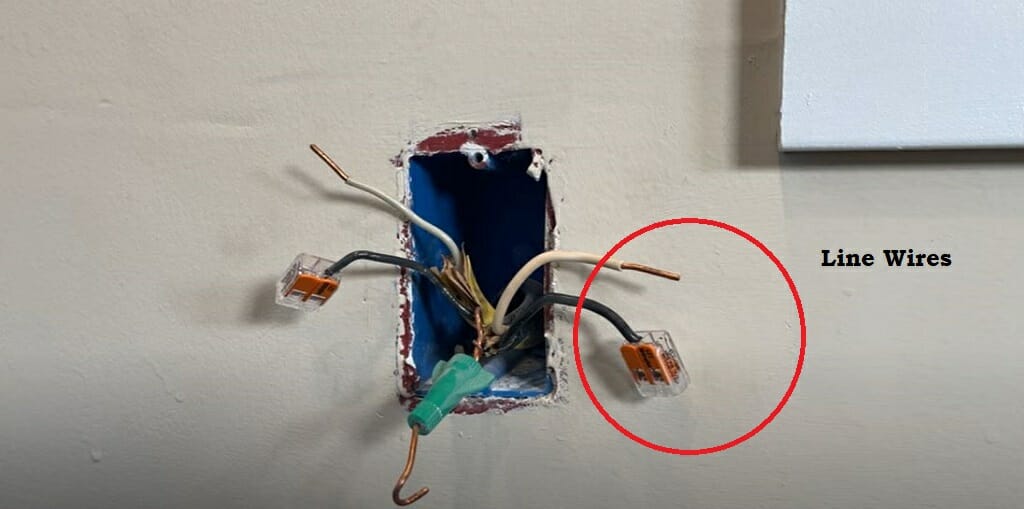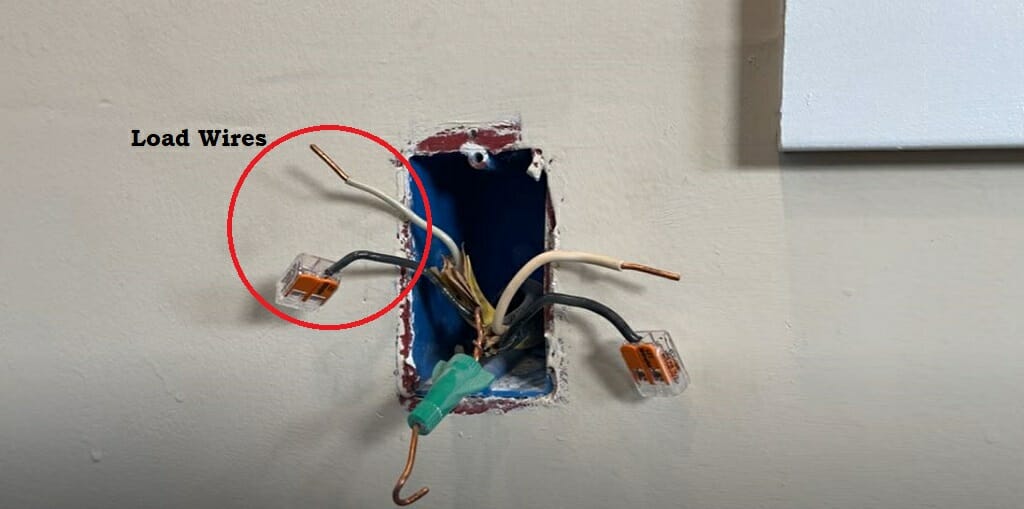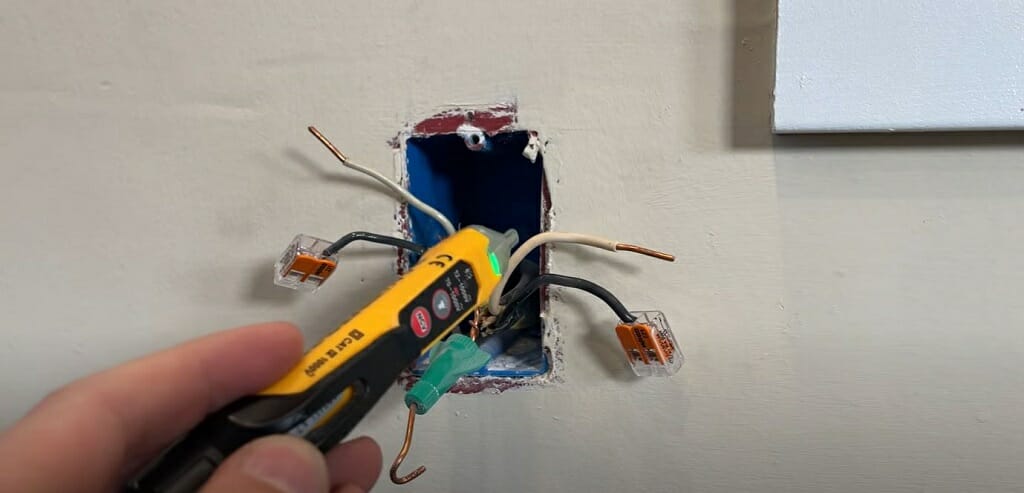Which is Line and Load on Outlet? (Guide)

Hey there, DIY enthusiasts! If you’ve ever wondered about the nitty-gritty of electrical outlets, specifically sorting out which wire is line and which is load, you’re in the right place.
The ‘line’ wires generally bring the electricity into the outlet – usually at the bottom. The ‘load’ wires are the ones that take electricity from the outlet to wherever it needs to go, like your lights or TV, and these are often at the top.
As someone who’s spent years tinkering with and fixing homes, I’m here to guide you through this electric maze with easy-to-follow insights. Let’s dive in and shed some light on this electrifying topic!
What is Line and Load?
Do you have a light switch to replace or a full-on panel and outlet repair on your to-do list? Knowing the difference between line and load wires is crucial; I’ve been there and done that. Let’s dive in.
Line Wire

First up, the line wire. Picture this as your home’s main power highway. It starts off at the utility company, makes its way to your main distribution panel, and from there, it travels to all your outlets and switches. This is your incoming power source – the big boss of electricity in your home.
Load Wire

Now, the load wire. Once the power hits an outlet, it needs to go somewhere, right? That’s where the load wire steps in. It takes the electricity from the outlet and delivers it to your appliances, lights, or whatever you’ve plugged in. Think of it as your personal delivery service for power.
I remember working on a home where the load wires were a bit of a maze, leading to various appliances. Getting them right was key to making everything work smoothly. So, whether it’s a light bulb or your fridge, the load wire ensures they get the necessary juice.
How to Identify Line and Load Wires?
I am figuring out which wire is which in your outlet or switch can be a game-changer for DIY repairs. Let me walk you through a few ways I’ve learned to identify line and load wires.
Position of the Wires

This method is pretty straightforward. Grab your screwdriver, remove the outlet’s cover, and look inside. Generally, you’ll find the line wires chilling at the bottom of the outlet and the load wires hanging out at the top.
But I’ve come across some setups where electricians have flipped this format. So, if things look a bit topsy-turvy, don’t sweat it. Just head on to the next method.
Use a Voltage Tester

Now, the voltage tester – this little gadget is your best friend for this job. Here’s how it goes: remove the outlet cover, ensure the outlet’s power is turned off for safety, and then get testing.
Touch the tester to the wires – bottom and top. With the power off, the tester will light up or beep when it hits the line wire but stay silent for the load wire.
I’ve used this trick countless times, especially in older homes where the wiring can be a bit of a mystery. It’s a foolproof way to know exactly what you’re dealing with.
Common Mistakes and How to Avoid Them
Let’s discuss some common mistakes when dealing with electrical outlets and how to avoid them. Trust me, I’ve seen a fair share of oops moments, and I’m here to help you avoid them.
Mistake 1: Mixing Up Wires. Mixing up line and load wires is surprisingly easy, especially in older homes with unclear color coding. Here’s the fix: Always double-check with a voltage tester. Don’t just rely on wire colors or positions.
Mistake 2: Ignoring Safety Protocols. This one’s a biggie. I’ve seen folks dive into electrical work without turning off the power. Believe me, it’s not worth the risk. Always turn off the main power and use a voltage tester to confirm the power is off before you start working. Safety glasses and gloves? Non-negotiable.
Mistake 3: Loose Connections. Loose wire connections are like ticking time bombs in your walls. Tighten those wire connections properly – snug but not Hercules tight. It’s a balance.
Mistake 4: Overloading Outlets. We’ve all been tempted to plug in just one more thing. Overloading outlets is a common blunder. It can lead to tripped breakers or, worse, fires. Stick to the load capacity, and if you need more outlets, it’s time to call in a pro to install them safely.
Mistake 5: Using the Wrong Outlet Type. Not all outlets are created equal. Using a non-GFCI outlet in areas with moisture, like kitchens and bathrooms, is asking for trouble. I’ve replaced enough of these to know it’s a common oversight. Match your outlet type to its location and use.
While DIY can be rewarding, it’s also about knowing your limits. If you’re ever in doubt or the job seems bigger than expected, there’s no shame in calling a professional. Stay safe, and happy fixing!
Troubleshooting Tips for Identifying Line and Load Wires in Electrical Outlets
When working with electrical outlets, it’s common to encounter a few hiccups while identifying line and load wires. Here are some practical troubleshooting tips to help you navigate these challenges to ensure you get it right, safely, and efficiently.
| Common Issue | Troubleshooting Tips |
|---|---|
| Misidentifying Line and Load Wires | It’s easy to get these mixed up, especially in older homes where wiring might not follow standard color coding. Always double-check with a voltage tester. The line wire should show voltage relative to the ground, while the load wire will not. |
| Uncertain Wire Positions | Sometimes, the physical position of wires doesn’t tell the whole story. I’ve seen outlets where the line and load were reversed. If in doubt, always trace the wires back to their source or use a voltage tester for confirmation. |
| Voltage Tester Shows No Clear Difference | Check your batteries first if your voltage tester isn’t giving clear results. Then, ensure the main power is on. Remember, safety comes first! Always turn off the power before opening the outlet, but turn it on momentarily to test and then again to work. |
| Interrupted Power Supply to Outlet | If you’re not getting any reading, there might be a break in your circuit. Check your breaker box. A tripped breaker or a blown fuse can interrupt the power supply to the outlet. Reset or replace as needed, and then retest. |
| Wires Not Securely Connected | Loose wires can lead to incorrect readings and unsafe conditions. Ensure all wire connections are secure and properly fastened to the outlet terminals. A loose connection can also be the source of electrical issues in your home. |
Remember, the key to any electrical work is safety and precision. Don’t rush; double-check everything, and if you’re ever in doubt, don’t hesitate to call in a professional. Electrical work can be tricky, and it’s always better to be safe than sorry!
References
Organizations:
- National Electrical Contractors Association (NECA). https://www.necanet.org/
- International Brotherhood of Electrical Workers (IBEW). https://www.ibew.org/
Books:
- “Wiring Simplified: Based on the 2020 National Electrical Code” by Frederic P. Hartwell, Herbert P. Richter, and W.C. Schwan. https://www.barnesandnoble.com/w/wiring-simplified-frederic-p-hartwell/1142524149
- “The Complete Guide to Wiring – Updated 7th Edition” by Black & Decker. https://www.buildersbook.com/black-decker-the-complete-guide-to-wiring-updated-7th-edition.html
Website Resources:
- The Spruce. http://thespruce.com/
- DoItYourself.com. https://www.doityourself.com/
Video Resources:
Top Homeowner
Everyday Home Repairs
